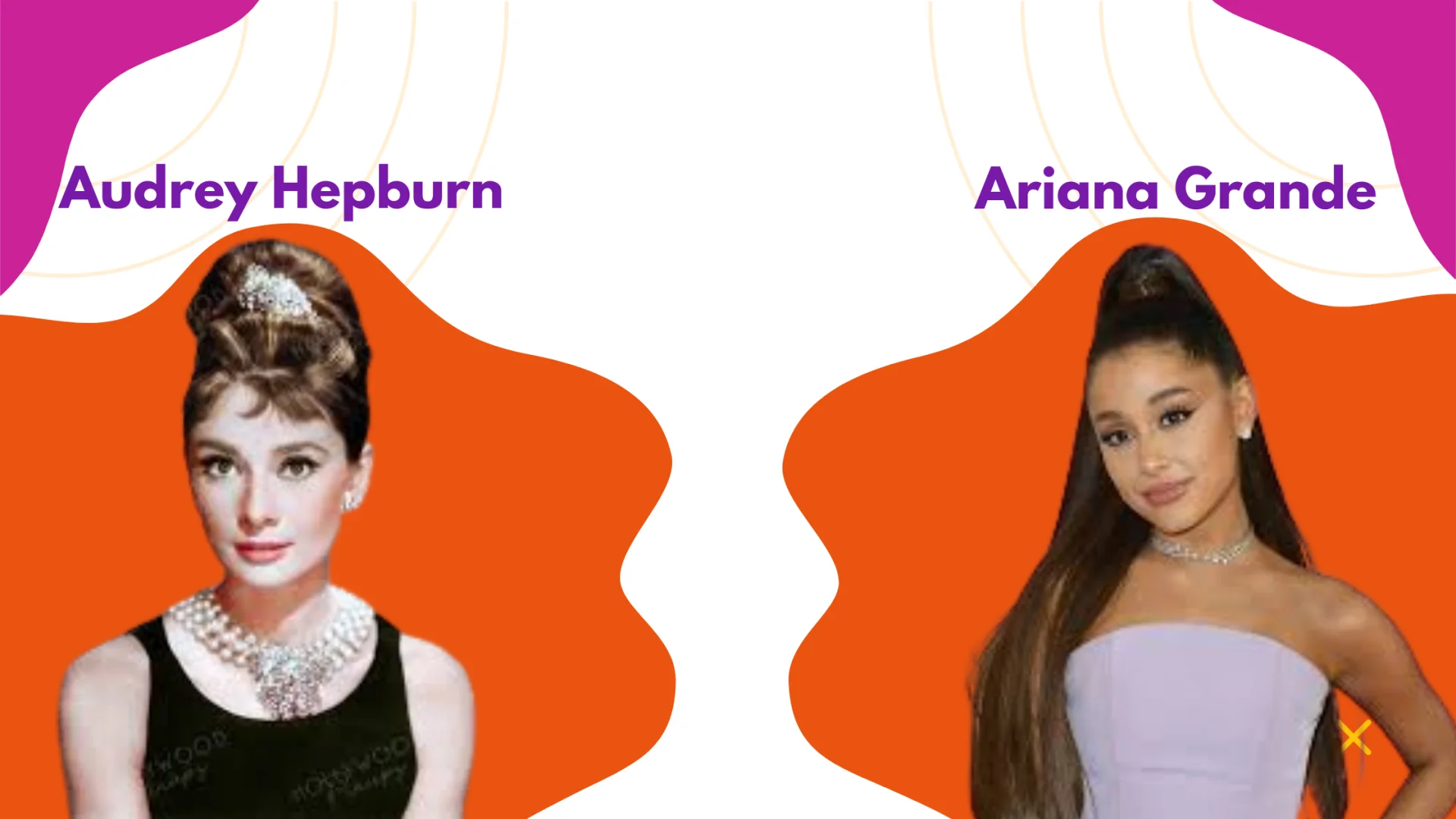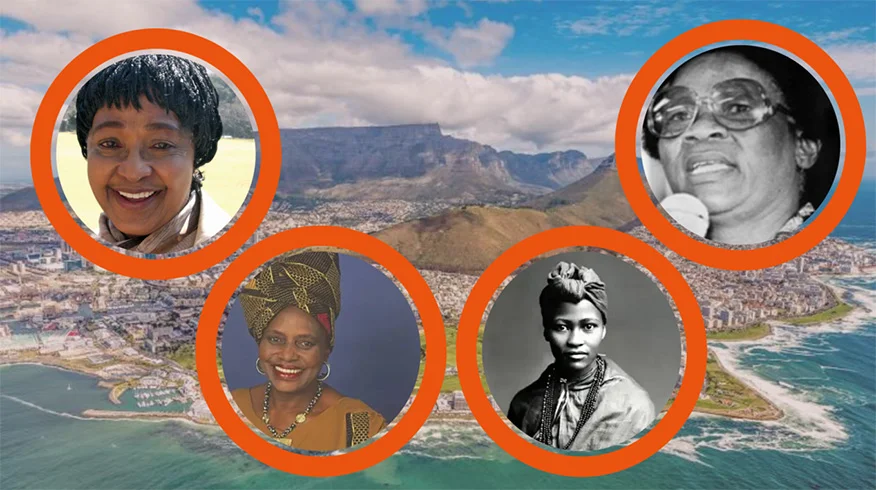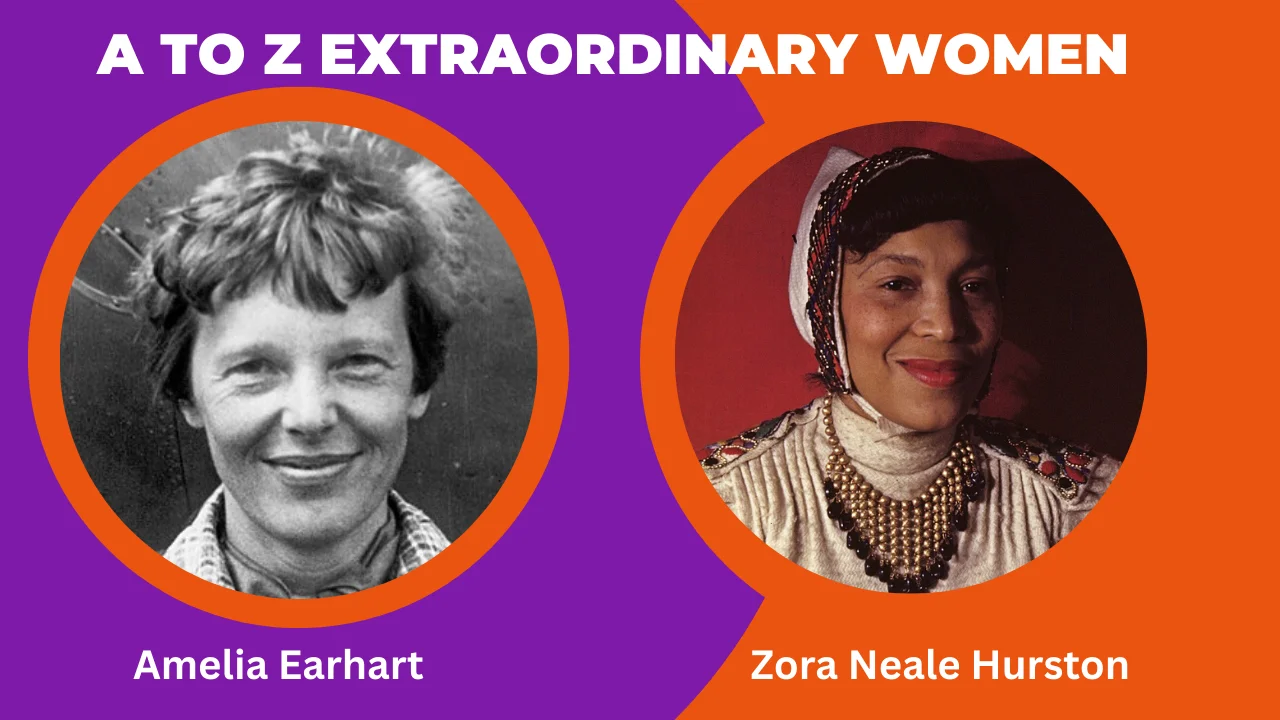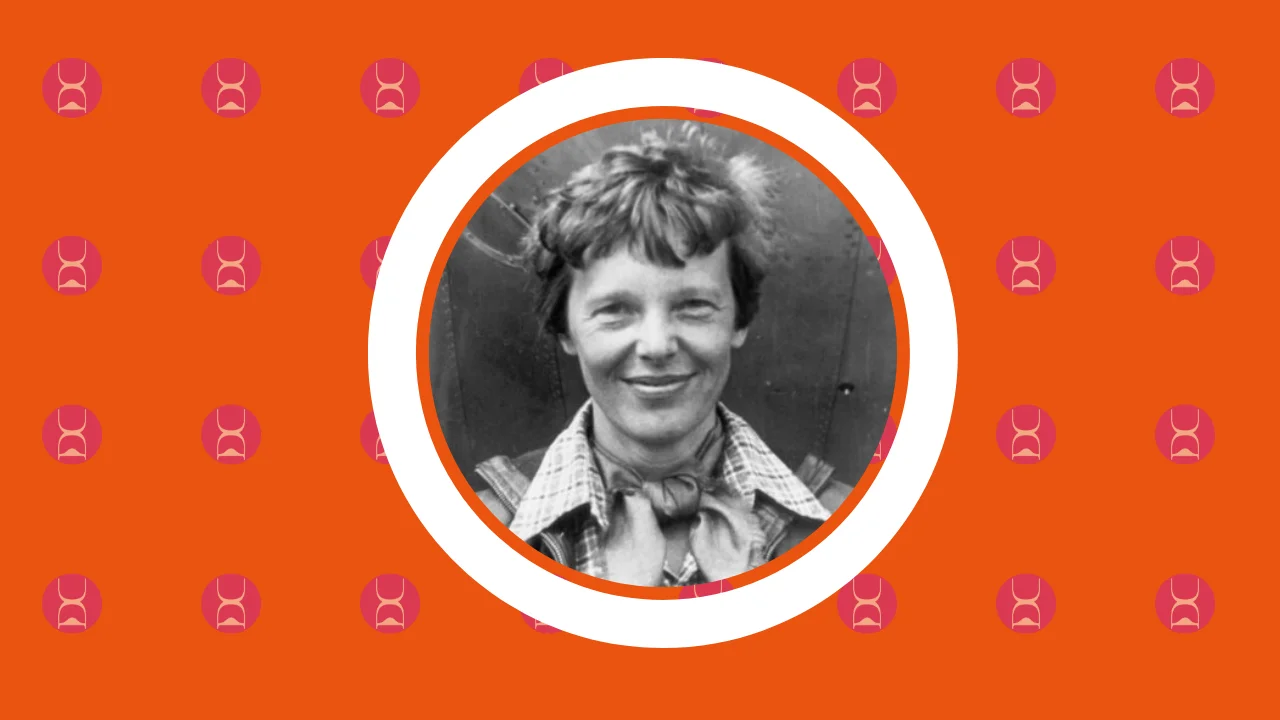Albert Einstein: The Man Behind Modern Physics
31 Jan 2025
scientist, Featured
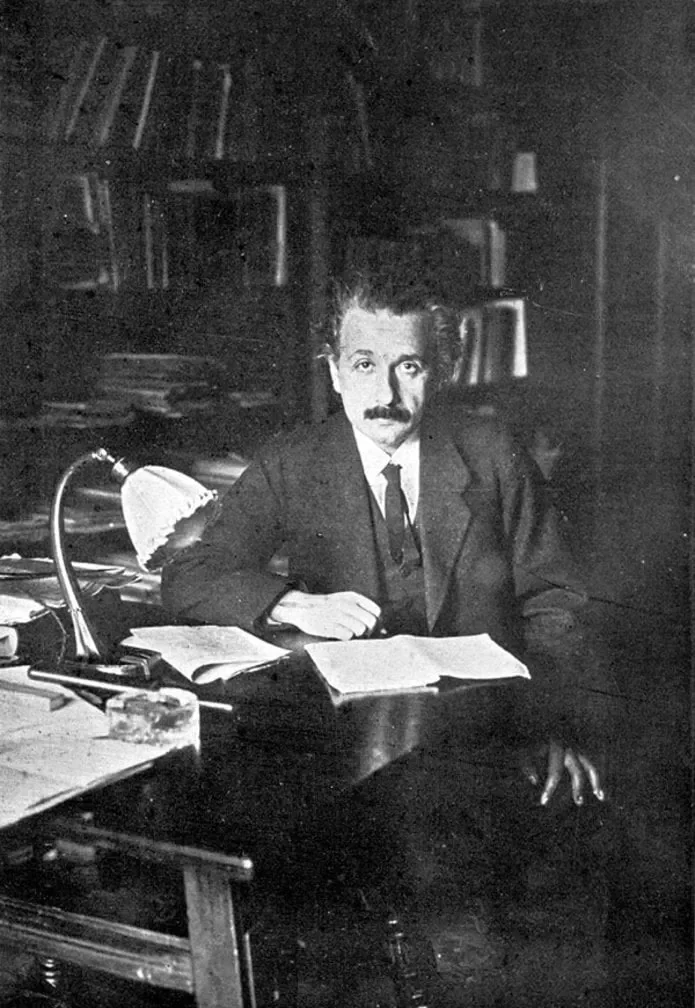
You cannot speak about the most impactful scientists in the world without mentioning a thing or two about Albert Einstein. Albert Einstein was a science genius popularly known for his work and contributions to physics, especially in developing the theory of relativity.
Albert Einstein was a theoretical physicist widely held to be one of the greatest and most influential scientists ever. Einstein played a significant role in contributing to the revolutionary reshaping of the scientific understanding of nature, leading to the accomplishment of Modern physics in the first decades of the twentieth century. He also formed the world’s most famous equation – E = mc2 (mass-energy equivalence).
A one-time Nobel Prize winner, Einstein’s story is one you would find interesting to read and learn more about. Albert Einstein was born in Ulm, in the Kingdom of Württemberg in the German Empire, on 14 March 1879. He was born into a secular Jewish home of Hermann Einstein, a salesman and engineer, and Pauline Koch.
Albert’s father, Hermann and his uncle, Jakob, co-owned Elektrotechnische Fabrik J. Einstein & Cie, a company that manufactured electrical equipment based on direct current while he was young. Einstein started his education at an early age. He was five when he began his educational journey by attending St. Peter‘s Catholic Elementary School in Munich. At eight, Einstein was transferred to the Luitpold Gymnasium, where he received advanced primary and secondary school education.
Due to the downfall of his father’s company, Einstein’s family had to move to Italy, first to Milan and a few months later to Pavia and later settled in Palazzo Cornazzano. But during this period, fifteen-year-old Einstein had to remain in Munich to complete his schooling.
While schooling, Einstein’s father wanted him to study electrical engineering, but Albert dropped out of school due to finding the Gymnasium’s regimen and the teaching methods far from congenial.
He even wrote about how the school’s policy of strict rote learning was harmfully affecting his expression of creativity.By the end of December 1894, Einstein got a letter from a doctor, which persuaded the school’s authorities to release him, after which he rejoined his family in Pavia, Italy.
At age twelve, Einstein excelled at physics and mathematics and possessed the mathematical expertise found in seniors only. In addition, Einstein began to teach himself algebra, calculus and Euclidean geometry.
Einstein also got the opportunity to be tutored by a family friend, Max Talmud, who discovered that his level of solving mathematics at his age was so high that he could not keep up with him.
Aside from mathematics, the young Einstein also excelled at music and philosophy. Einstein later rekindled his passion for education and sat for the entrance examination for the federal polytechnic school (later the Eidgenössische Technische Hochschule, ETH) in Zürich, Switzerland.
Although Einstein could not get admitted to the school because he could not reach the required standard in the general part of the test, he performed excellently well in the physics and mathematics parts.
This helped him gain admission into the school under the conditions of completing his secondary education.He later completed his secondary education at the Argovian cantonal school (a gymnasium) in Aarau, Switzerland.
While schooling in Aarau, Einstein stayed with the family of Jost Winteler (the school headmaster), where he fell in love with Winteler’s daughter, Marie. In 1896, Albert Einstein took permission from his father, renounced his German citizenship and became a Swiss citizen.
In 1990, Einstein graduated from the federal polythetic duly certified as competent to teach mathematics and physics. However, he faced significant challenges in securing a teaching/academic position when he realized that Swiss schools had no use for him after numerous failed applications.
After searching for a job for almost two years, Einstein eventually secured a post in Bern at the Swiss Patent Office as an assistant examiner – level III through the help and referral of Marcel Grossmann. Between 1900 -1905, Einstein wrote and published four groundbreaking scientific papers. The year 1905 would be described as his miracle year.
Some of these papers include – Folgerungen aus den Capillaritätserscheinungen (Conclusions drawn from the phenomena of capillarity) and Eine neue Bestimmung der Moleküldimensionen (A New Determination of Molecular Dimensions).
One of his scientific papers outlined a theory of the photoelectric that explained Brownian motion. Einstein also introduced his special theory of relativity—a theory which addressed the inability of classical mechanics to account satisfactorily for the behavior of the electromagnetic field—and demonstrated that if the special theory is correct, mass and energy are equivalent to each other. This publication made him stand a chance for a Nobel Prize.
It has always been Einstein’s dream to secure an academic position. After returning from his civil servant sabbatical leave, Einstein secured a junior teaching position at the University of Bern. Securing a job at the University of Bern was the beginning of Einstein working in numerous universities and giving lectures on thermodynamics, electrodynamics, mechanics and gravitation.
Lesson: Share your ideas – Apart from learning, Einstein also lived his life sharing his ideas and knowledge with others. He did this by working in various universities and imparting knowledge to the students. Einstein wanted others to emulate this lesson by encouraging them to share their ideas.
In 1915, Einstein proposed a general theory of gravity that extended his system of mechanics to incorporate gravitation. In 1916, Einstein successfully published his general theory of gravity, which laid out the implications of general relativity for modeling the structure and evolution of the universe.
Einstein’s famous formula, E = mc2, is one of the main conclusions of the theory of relativity. It describes the relationship between the mass (m) and the energy of a body (e). Energy is its mass multiplied by the speed of light squared. This revealed the existence of large amounts of energy, even in the tiniest masses.
In 1921, Einstein received the Nobel Prize in Physics for his services to theoretical physics, especially for his discovery of the law of the photoelectric effect, a pivotal step in developing quantum theory.
“Strive not to be a success, but rather to be of value”– Albert Einstein.
Einstein’s love life is quite interesting. While studying in Zürich, Einstein met a Serbian Woman named Mileva Marić. Maric was one of Einstein’s course matescourse mates. Back then, the duo would spend time together discussing their shared interests and learning about topics in physics that the polytechnic school’s lectures did not cover.
Einstein and Maric eventually moved from friends to lovers. It was published and revealed in 1902 that Maric had a daughter, Lieserl while visiting her parents in Novi Sad, but Maric returned to Switzerland without the child. Rumors had it that the child might be given up for adoption or might have died of scarlet fever in infancy. Her fate was uncertain.
Later, in 1903, Einstein married Maric. The following year, they had their first son, Hans Albert, born in Bern, Switzerland, while their second son, Eduard, was born in Zürich in July 1910.
While married to Maric, Einstein started another relationship with Elsa Löwenthal in 1912. Maric later found out about Einstein’s infidelity soon after moving to Berlin with him. Maric returned to Zurich to take her sons with her.
einstein-wife
In 1919, the duo were granted a divorce on the grounds of having lived apart for five years. In that same year, Einstein married Elsa Löwenthal. While in the second marriage, Einstein still saw other women, but Lowenthal remained loyal to him.
Lowenthal later died in 1936 after being diagnosed with heart and kidney problems.
Einstein enjoyed travelling during his lifetime, documenting his experiences in journals and sharing them as knowledge. Einstein toured around South America and the US.
“The only source of knowledge is experience” – Albert Einstein.
Lesson: Be open to learning – Einstein was open to learning new things each passing day. He was always eager to share his knowledge and findings. Due to his nature of being open to learning, Einstein encouraged everyone to continue learning and never stop. According to him, learning is a journey.
In 1 933, Einstein went on a tour visiting the US, but unfortunately, he could not return to Germany because Adolf Hitler rose to power. Hitler’s leadership gave rise to the wave of Nazis (the persecution towards the Jews).
Due to this, Einstein decided to remain in the US. Einstein was later granted US citizenship in 1940.
Sometimes in 1939, Einstein wrote to the US President, Franklin Delano Roosevelt, to inform him of the possibility of a Nazi bomb and to galvanize the United States to create its nuclear weapons.
Lesson: Do what is right – Einstein believes in always doing what is right. This was why he had to inform the US President about the Nazi bomb when he learnt about it. Doing what is right helps you to have a clear conscience free from guilt.
After years of creating impact, Einstein died in 1955. The cause of his death was internal bleeding caused by the rupture of an abdominal aortic aneurysm. He was working on drafting a speech he would give on television to commemorate the state of Israel’s seventh anniversary with him to the hospital, but he did not live to complete it.
While at the hospital, they suggested conducting surgery on him, but he refused, saying – “I want to go when I want. It is tasteless to prolong life artificially. I have done my share; it is time to go. I will do it elegantly.”
Einstein later died the following day at Princeton Hospital at the age of 76.
The hospital conducted an autopsy test on Einstein’s corpse. It was during the autopsy process that pathologist Thomas Stoltz Harvey removed Einstein’s brain for preservation without the permission of his family in the hope that the neuroscience of the future would be able to discover what made Einstein so intelligent.
The remaining body of Einstein was cremated in Trenton, New Jersey, and his ashes were scattered at an undisclosed location.
In summary, Einstein’s work was known for its influence on the philosophy of science.
Reference
Albert Einstein: Biography, Physicist, Nobel Prize Winner
“The Fascinating Life and Theory of Albert Einstein” by Walter C
Photos:
https://www.nobelprize.org/prizes/physics/1921/einstein/photo-gallery
Tags
Scientist
Latest Posts
Tags
- Women27
- Scientist9
- Author6
- Inventor3
- Nobel3
- Singer3
- Actor2
- Activist2
- Physicist2
